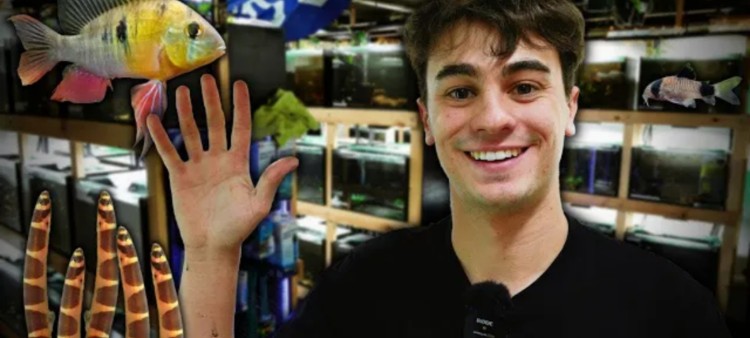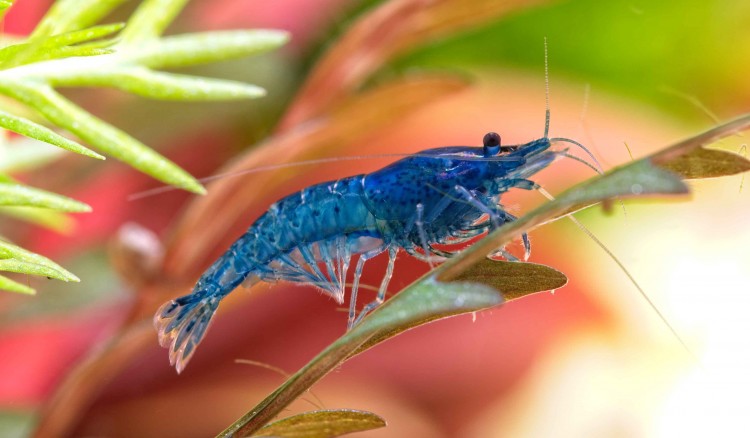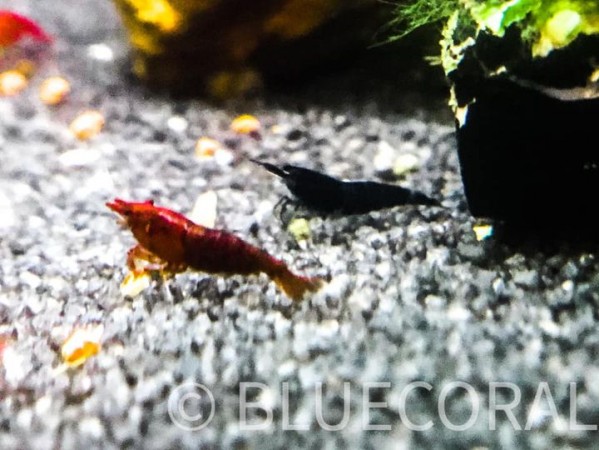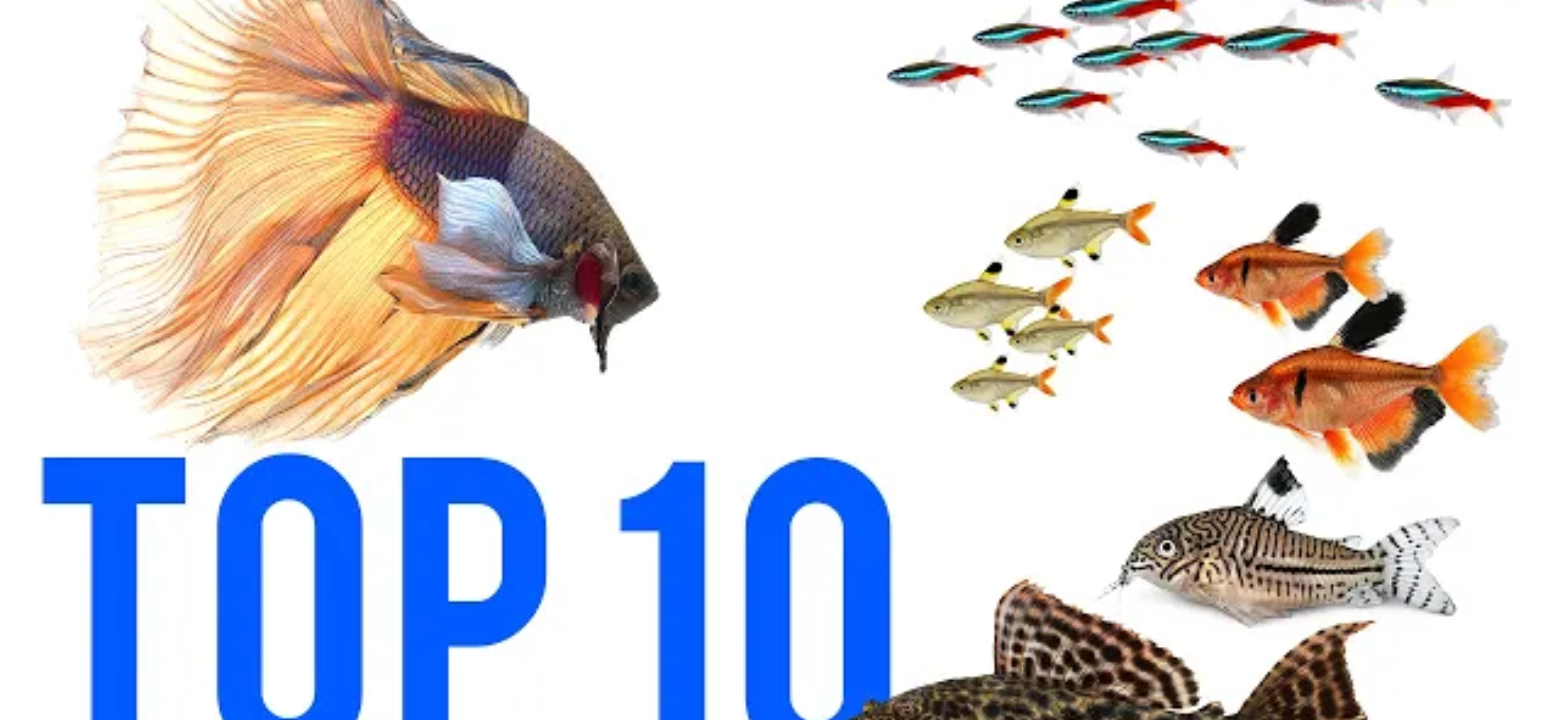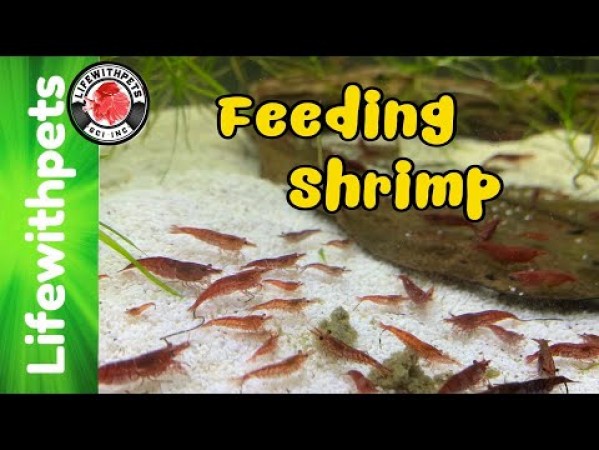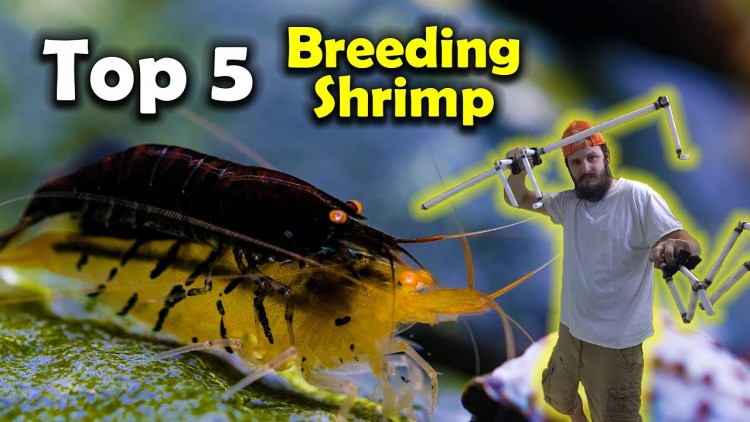- Name:
Japonica Amano Shrimp
(View AKA's) - Family: Palaemonidae
- Species: Shrimp
- Scientific Name: Caridina japonica
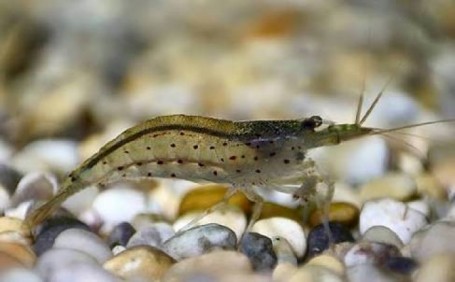

Statistics
-
Difficult
Care Level
-
Aggressive
Temperament
-
Omnivore
Diet
-
0%
Reef Safe
- 26
Temp (Temperature)
- 6.7
pH (pH)
- NAN
NH3-4 (Ammonia)
- 5
NO3 (Nitrate)
- NAN
PO4 (Phosphate)
- NAN
AT (Alkalinity)
- NAN
Ca (Calcium)
- NAN
Mg (Magnesium)
- NAN
SG (Salinity)
- NAN
ORP (Oxidation Reduction Potential)
- 0
Avg. Size (Inches)
- 15
Avg.Tank Size (Gallons)
- 1
Avg Life (Years)
Statistics above are based off of 1
user
who have claimed
More Details
General info about Japonica Amano Shrimp
The Japonica Amano Shrimp attracted the curiosity of Takashi Amano a few years ago, who started its breeding and then published its comments. Within a few years, the curiosity and the passion of aquariums have decreed success worldwide. It originates from the swamps of Japan. Amano Shrimp may also be called as Algae Eating Shrimp, Swamp Shrimp, Yamato Shrimp, Japonica Amano Shrimp, Yamato Numa Ebi, Japanese Marsh Shrimp, and Japanese Swamp Shrimp.
An Amano Shrimp can be described as a spirited inhabitant of a tank. They are great swimmers and are always on the lookout for food. They have gained popularity due to its large appetite for all kinds of freshwater algae. It will consume leftover fish food and detritus on the aquarium floor, making the Amano Shrimp an effective cleaner that is also very interesting to watch. The Amano Shrimp is mostly opaque brown in color with a tan stripe that runs the length of the back.
The average lifespan of the Japonica Amano Shrimp is 2 to 3 years in captivity. If water conditions are right, food is plentiful and predators are absent, these algae eating shrimp should have long and healthy lives. A full-grown Amano Shrimp size can be upwards of two inches in length. But in the pet store, Amano Shrimp size is often about an inch in length or a little less. Buying smaller shrimp is fine because they will mature and grow quickly. Small does not necessarily mean undesirable or unhealthy.
An Amano Shrimp can be kept in tanks of nearly any size as long as the regular rules of the fish count are followed. Amano Shrimp produce waste and tax an aquatic environment just like every other living organism in a tank. So, it is still important to not to overkept. The ideal setup for the Amano Shrimp is an established freshwater aquarium or pond of at least 10 gallons with plenty of hiding places and algae with a mature substrate. The Amano Shrimp can tolerate low to moderate salinity levels, making them an ideal algae controller for ponds and water gardens in non-freezing climates.
Amano Shrimp are adaptable and hardy, but they do best in stable, established water in the tropical freshwater community tank range:72 – 78 Degrees Fahrenheit and 7.2 – 7.5 pH. This range will maximize the health and metabolism of Amano Shrimp. Amano Shrimp seem to like water that is on the hard side, well circulated and with a current that is moderately moving. The general hardness for Amano Shrimp should be around ~6-8dkh. TDS should be at about 200ppm. And as with other freshwater aquarium shrimp, be careful with medications, Ammonia spikes, high Nitrate levels, and most importantly avoid copper.
Amano Shrimp like being in a habitat with lots of live aquarium plants that provide them with interesting places on which to climb. They also seem to get a charge out of swimming from plant to plant looking for different places to explore, perch or hide.
The Amano Shrimp is translucent brown/tan in color with a brown/tan stripe running the length of its back. Its sides have a series of brown/tan broken horizontal lines. Amano Shrimp have sets of antennae that grow outward from the sides of their heads, starting below their eyes. They also have two pairs of antennae that grow forward from the front of their heads in front of their eyes. They have a translucent carapace section from which its legs are attached on the underside. Moving back from the carapace, are its abdominal sections. These sections are connected in a way to give the abdomen flexibility.
The Amano Shrimp should be housed with small peaceful fish or koi that will not pose the threat of eating it. Be careful not to make them live with big predatory fish such as Discus and Scalari and Botia, which naturally feed on invertebrates, shrimp and snails.
They are definitely gregarious, in nature they are in groups of hundreds or thousands of individuals, so it is advisable to introduce at least a dozen specimens into the aquarium if possible. Although mostly peaceful in temperament, Amano Shrimp can nevertheless be rather greedy feeders. While they refrain from attacking other aquarium inhabitants, they will not hesitate to steal food from smaller shrimp. In the absence of predators within the aquarium environment, Amano Shrimp will take on a rather active role, foraging and cleaning the aquarium of algae.
Approximately once a month (depending on diet, age, and environmental factors), the shrimp will molt. During this time, the shrimp will seek out a place to hide while its new shell hardens, for safety reasons. Many inexperienced aquarists jump to conclusions, assuming their unseen shrimp to have been eaten; these fears are short lived. However, as they usually reappear after a few days.
Japonica Amano Shrimp Diet & Nutrition
Japonica Amano Shrimp is an omnivore that requires a variety of mixed plant-based foods. will consume algae, detritus and leftover food. This makes them an effective cleaner and important part of a tank's ecosystem. Like most other crustaceans, they are fond of almost every kind of organic waste that they can find on the bottom of your tanks. But strangely enough, for alleged vegetarians, they don't seem very fond of dead plants.
They are known for being algae eaters but when keeping them in larger groups, it is typically essential to provide them with extra food. Like other species of Dwarf Shrimp, the Amano Shrimp will eagerly accept food formulated for bottom feeding fish and any aquatic invertebrates.
These shrimp are diligent consumers of algae and are one of the few species available which will consume black brush algae, a particularly troublesome form of red algae. It should be noted, however, that they generally prefer fish food to algae, and will only resort to the latter if the former is unavailable. Also, due to their small size, a large number of them may have to be employed to make a serious impact.
In addition to aquarium algae, Amano Shrimp feeding can include food sources that occur naturally in a planted tank. Live aquarium plants continuously shed edible matter. They will eat the dead plant matter that would otherwise accumulate on the bottom. So its best not to keep Amano Shrimp in a tank that is “too clean”. Aquariums that are “too clean” may not have enough natural food sources to support the shrimp. Amano Shrimp feeding can also include shrimp pellets, fish pellets, fish food flakes, algae wafers, raw green zucchini, and blanched spinach.
Like all crustaceans, a Japanica Amano Shrimp molts according to its growth: the faster it grows, more often it will need to molt. Thus a month-old juvenile will molt more often than a grown adult, but then adults still need to molt in order to renew their shell, as well as their limbs lost in fights or due to predators. A small level of iodine in the water is recommended to help them molt. Also, all crustaceans need calcium and other essential minerals in order to renew their exoskeleton, so avoid keeping them in pure, osmosed water. Amano Shrimp feeding also may include eating the empty this exoskeleton, so leave it in the tank for a day or two. They need to re-ingest the minerals contained in the empty shell to help them get ready for their next molting cycle.
Amanos seem quite a content feeding alone or in groups of others of their kind. But if there is only one pellet dropped in a tank, a large, dominant Amano will grab it and pull it to a safe place to eat. The large shrimp will move its body in a way that scares off smaller Amanos, Ghost Shrimp and Cherry Shrimp. If a smaller Amano gets to the pellet first, it had better eat fast. If a larger Amano appears, the food will be taken. Along these lines, large Whisker Shrimp will often out-rank even the largest Amano when it comes to feeding priority. So there is definitely a pecking order to feeding with supplements.
Determining Sex of Japonica Amano Shrimp
There are a few differences between males and females, the first and most obvious being the size: males are fairly smaller than the females. Indeed, the females are bulkier, for they have a bigger abdomen, which is meant to carry the hundreds of eggs that are hatched each month. When a female carries its eggs, this difference becomes more obvious since the mass of eggs can be distinctly and unmistakably noticed under its belly. Last difference, the pattern formed by the black spots on the sides: on males, the spots are distinct and rather evenly spaced, while on females, in some places they tend to stretch out and merge with one another, forming rough broken lines.
Breeding & Spawning Japonica Amano Shrimp
Females have a 6-week-long cycle; when one is ready for fecundation, she releases pheromones in the water, and their effects on the males are quite visible: they become frantic, literally trying to copulate with everything in sight until they find the female. Then they will all mass around her - or rather, upon her – for mating. But only one “lucky” male will be allowed to mate with the female, for a few seconds. Thus the female will be able to carry its eggs for about 5 weeks, before hatching hundreds of live larvae.
The larvae are hatched in the fresh water of streams and rivers. But they are plankton-like, and for all practical purposes unable to swim, so they are washed-out downstream to the brackish waters of the river’s mouth. There they will grow for about 6 weeks, until their metamorphosis; then, they will swim back upstream to their natural habitat. Here lies the prime difficulty in breeding them, for you have to duplicate those water conditions, which means adding salt and then removing it in accordance with the growth of the larvae. Saltwater conditions are required for their fry (or zoeas as is their correct name) as well as special feeding. Breeding of this species is considered fairly difficult as the zoeas need to be gradually introduced to salt water and then back to freshwater. And that also means that you will not be able to breed them in the main tank where the adults are kept; so a separate tank will be necessary.
Japonica Amano Shrimp Origin
This particular species of shrimp is indigenous to East Asia. They are known to inhabit mainland Japan, Taiwan, the Ryuku Islands and the Korean peninsula.
Caution with Japonica Amano Shrimp
Like most shrimp, any presence of copper nitrite and nitrate in the water will kill them. If you see your shrimps at the surface a lot then this is probably due to lack of oxygen or high nitrate levels.
When an Amano Shrimp dies it will turn bright orange. Other shrimp or snails may start eating its shell to ingest its minerals. But after they appear done with it, its a good idea to remove the dead shrimp from the tank as to avoid Ammonia Spikes.
Amano Shrimp are sometimes considered as algae-eating miracle workers. It’s a misconception that they will “eat away” algae problems in a tank. Algae problems in a tank are related to water conditions and lighting issues. If an aquarium has algae problems, adding a half-dozen Amano Shrimp is not the best solution. Instead, determining the root cause (or causes) of the algae problem is necessary. Once identified, addressing the issues properly and methodically is the best course.
Acclimating Japonica Amano Shrimp
97% of Amano Shrimp are wild caught. For this reason, they need extra care when adding to the aquarium
Place the Amano Shrimp into a large bowl or bucket. Using air-line tubing and a rubber band, create a siphon from the aquarium by sucking on one end into the bucket. Lightly kink the tubing by placing the rubber band over a bent section of the tube. Adjust the kink to allow a slow drip of 1 drop of water per second exiting the tube. Let this drip into the bowl for the next 20-30 minutes and monitor closely.
After 30 minutes carefully use a soft mesh net to transfer the Amano Shrimp into the aquarium. Cover the net with your opposite hand to prevent the Amano Shrimp escaping the net.
Amano Shrimp can become shocked easily when acclimatizing. Keep the lights off for the first day and avoid changes in water parameters. Monitor the shrimp closely as the first 24 hours carry the highest chance of fatality.
If the Amano Shrimp become limp and float near the surface check the water immediately. Aerate the aquarium, add a dechlorinate and perform a water change. Then try to identify the problem. Moving the Amano Shrimp to a suitable temporary home is better than leaving them in a toxic aquarium.
Relevent Articles
Original Detail
| Name | Species | Family | Scientific Name | More Detail | Added by |
|---|---|---|---|---|---|
| Japonica Amano Shrimp | Shrimp | Palaemonidae | Caridina japonica | The Japonica Amano Shrimp attracted the curiosity of Takashi Amano a few years ago, who started its breeding and then published its comments. Within a few years, the curiosity and the passion of aquariums have decreed success worldwide. It originates from the swamps of Japan. Amano Shrimp may also be called as Algae Eating Shrimp, Swamp Shrimp, Yamato Shrimp, Japonica Amano Shrimp, Yamato Numa Ebi, Japanese Marsh Shrimp, and Japanese Swamp Shrimp. An Amano Shrimp can be described as a spirited inhabitant of a tank. They are great swimmers and are always on the lookout for food. They have gained popularity due to its large appetite for all kinds of freshwater algae. It will consume leftover fish food and detritus on the aquarium floor, making the Amano Shrimp an effective cleaner that is also very interesting to watch. The Amano Shrimp is mostly opaque brown in color with a tan stripe that runs the length of the back. The average lifespan of the Japonica Amano Shrimp is 2 to 3 years in captivity. If water conditions are right, food is plentiful and predators are absent, these algae eating shrimp should have long and healthy lives. A full-grown Amano Shrimp size can be upwards of two inches in length. But in the pet store, Amano Shrimp size is often about an inch in length or a little less. Buying smaller shrimp is fine because they will mature and grow quickly. Small does not necessarily mean undesirable or unhealthy. An Amano Shrimp can be kept in tanks of nearly any size as long as the regular rules of the fish count are followed. Amano Shrimp produce waste and tax an aquatic environment just like every other living organism in a tank. So, it is still important to not to overkept. The ideal setup for the Amano Shrimp is an established freshwater aquarium or pond of at least 10 gallons with plenty of hiding places and algae with a mature substrate. The Amano Shrimp can tolerate low to moderate salinity levels, making them an ideal algae controller for ponds and water gardens in non-freezing climates. Amano Shrimp are adaptable and hardy, but they do best in stable, established water in the tropical freshwater community tank range:72 – 78 Degrees Fahrenheit and 7.2 – 7.5 pH. This range will maximize the health and metabolism of Amano Shrimp. Amano Shrimp seem to like water that is on the hard side, well circulated and with a current that is moderately moving. The general hardness for Amano Shrimp should be around ~6-8dkh. TDS should be at about 200ppm. And as with other freshwater aquarium shrimp, be careful with medications, Ammonia spikes, high Nitrate levels, and most importantly avoid copper. Amano Shrimp like being in a habitat with lots of live aquarium plants that provide them with interesting places on which to climb. They also seem to get a charge out of swimming from plant to plant looking for different places to explore, perch or hide. The Amano Shrimp is translucent brown/tan in color with a brown/tan stripe running the length of its back. Its sides have a series of brown/tan broken horizontal lines. Amano Shrimp have sets of antennae that grow outward from the sides of their heads, starting below their eyes. They also have two pairs of antennae that grow forward from the front of their heads in front of their eyes. They have a translucent carapace section from which its legs are attached on the underside. Moving back from the carapace, are its abdominal sections. These sections are connected in a way to give the abdomen flexibility. The Amano Shrimp should be housed with small peaceful fish or koi that will not pose the threat of eating it. Be careful not to make them live with big predatory fish such as Discus and Scalari and Botia, which naturally feed on invertebrates, shrimp and snails. They are definitely gregarious, in nature they are in groups of hundreds or thousands of individuals, so it is advisable to introduce at least a dozen specimens into the aquarium if possible. Although mostly peaceful in temperament, Amano Shrimp can nevertheless be rather greedy feeders. While they refrain from attacking other aquarium inhabitants, they will not hesitate to steal food from smaller shrimp. In the absence of predators within the aquarium environment, Amano Shrimp will take on a rather active role, foraging and cleaning the aquarium of algae. Approximately once a month (depending on diet, age, and environmental factors), the shrimp will molt. During this time, the shrimp will seek out a place to hide while its new shell hardens, for safety reasons. Many inexperienced aquarists jump to conclusions, assuming their unseen shrimp to have been eaten; these fears are short lived. However, as they usually reappear after a few days. | PalaciosAn |


